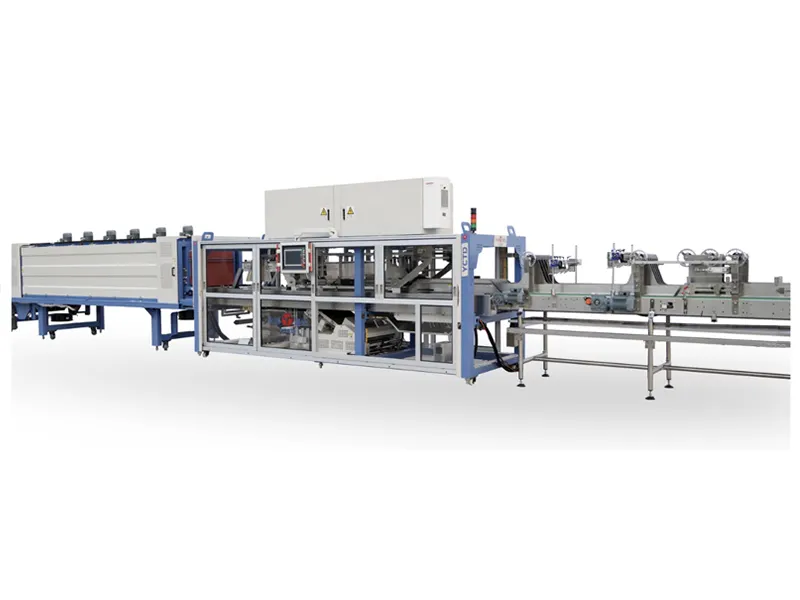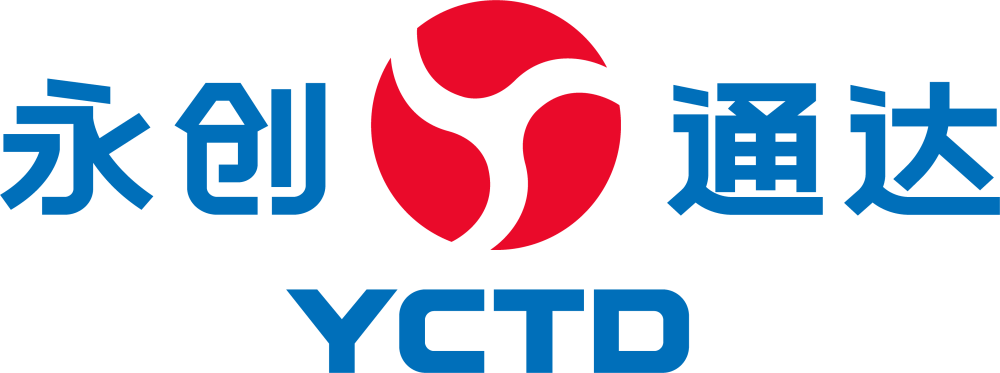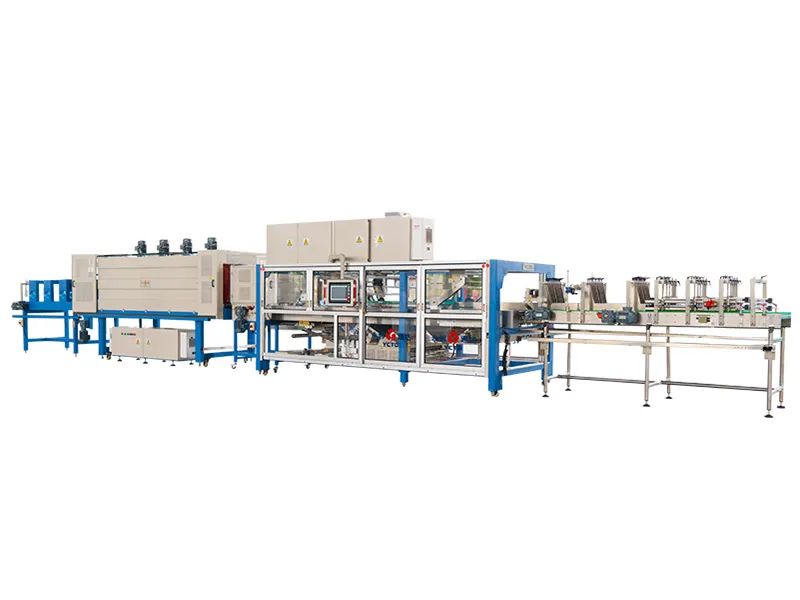Enhancing Workflow Efficiency with Smart Film Handling
In today’s fast-paced packaging industry, operational efficiency is key to staying competitive. As manufacturers strive to increase output while maintaining consistent quality, the implementation of automation technology has become indispensable. One such advancement is the automatic film connecting system integrated into a shrink wrapper machine. This feature is not only about convenience—it represents a leap forward in reducing downtime, minimizing labor involvement, and ensuring seamless production.
Streamlining Production Through Automation
Minimizing Downtime and Manual Intervention
Automatic film connecting in a shrink wrapper machine drastically reduces production interruptions. Traditional systems require manual splicing of shrink film rolls, which consumes time and often leads to misalignments or improper sealing. With automation, the machine detects the end of a film roll and seamlessly connects a new roll without stopping the production line. This uninterrupted flow enhances productivity, particularly in high-volume operations.
Enhancing Operator Safety and Reducing Errors
Manual film handling involves frequent intervention, which increases the chances of operator errors and accidents. An automatic film connecting system reduces the need for physical contact with moving parts. This minimizes risks and creates a safer work environment. By eliminating manual film changes, the shrink wrapper machine ensures consistent results, reducing waste and improving packaging integrity.
Maximizing Productivity and Output Quality
Ensuring Continuous High-Speed Packaging
For manufacturers dealing with large product volumes, maintaining a high-speed packaging process is essential. A shrink wrapper machine equipped with automatic film connecting can sustain higher speeds without interruptions. This function directly contributes to greater throughput, allowing businesses to meet demand spikes with confidence.
Improving Package Appearance and Seal Consistency
Packaging quality is often influenced by the film transition process. Manual splicing may result in irregular tension or misalignment, affecting the final product’s appearance. Automated connecting provides uniform tension and alignment, leading to smoother seals and more professional-looking packages. The shrink wrapper machine, therefore, contributes to both aesthetic appeal and structural integrity.

Supporting Versatile Product Handling
Accommodating Different Bottle Types
A modern shrink wrapper machine is capable of handling a wide range of product formats. Whether packaging supported bottles placed in trays or unsupported bottles in bulk, the machine can automatically adjust to the product’s configuration. This versatility makes it a valuable asset for beverage, pharmaceutical, and consumer goods industries.
Maintaining Stability During Packaging
When dealing with unsupported bottles, maintaining product stability is crucial. A shrink wrapper machine uses controlled film tension and precise sealing to ensure items remain upright and secure during wrapping. This helps prevent damage and enhances the shelf readiness of the final packaged products.
Advancing with Intelligent Control Features
Integration with Smart Sensors and Monitoring
Many modern shrink wrapper machines are equipped with intelligent sensors and real-time monitoring systems. These technologies support automatic film connecting by detecting film end-points, aligning new rolls accurately, and alerting operators of any malfunctions. The integration of such systems reduces reliance on manual checks and boosts overall reliability.
Customizable Parameters for Different Production Needs
A key feature of an advanced shrink wrapper machine is its adaptability. Operators can program specific settings for film types, product sizes, and packaging speeds. This ensures optimal performance while accommodating various production lines. The automatic film connecting feature works harmoniously with these custom settings, delivering consistency regardless of packaging complexity.
Reducing Operational Costs and Resource Waste
Lowering Labor Requirements
Automating film connection reduces the need for skilled labor in this aspect of the packaging process. This not only cuts down on labor costs but also allows existing staff to focus on more critical tasks. Over time, the reduced need for manual film handling contributes to significant cost savings.
Minimizing Film Waste and Downtime
Manual film changes often result in wasted materials due to misalignments or trial-and-error processes. An automatic film connecting system ensures minimal material loss by executing precise and repeatable joins. This contributes to more sustainable operations and improves the overall efficiency of the shrink wrapper machine.
Promoting Sustainability and Energy Efficiency
Reducing Material Consumption
Through accurate film joining and efficient packaging cycles, a shrink wrapper machine with automatic connecting capabilities helps reduce overall material consumption. This aligns with modern sustainability goals and environmental standards, particularly in industries under pressure to lower their carbon footprint.
Optimizing Power Usage
In many models, the shrink wrapper machine includes energy-efficient heating systems and standby modes. When paired with automatic film connecting, these systems reduce idle time and energy use, further enhancing cost-effectiveness and environmental responsibility.
Increasing Line Flexibility and Scalability
Fast Changeovers for Diverse Product Lines
Production lines often require frequent changeovers to accommodate different product sizes or packaging formats. A shrink wrapper machine with automated film connecting facilitates faster changeovers, as it eliminates the need to halt operations for film replacement. This enables manufacturers to respond quickly to market demands.
Modular Expansion and Integration Capabilities
Modern shrink wrapper machines are designed for scalability. They can be expanded or integrated with additional modules such as labeling, coding, or robotic palletizing. Automatic film connecting plays a critical role in maintaining continuity across these integrated systems, ensuring smooth transitions and coordination.
Building a Reliable and Future-Proof Packaging Line
High-Performance Components for Longevity
Investing in a shrink wrapper machine with durable components and automated features ensures long-term reliability. Automatic film connecting reduces wear and tear on mechanical parts associated with manual changes. This lowers maintenance requirements and extends the machine’s operational life.
Adapting to Future Innovations
As technology evolves, shrink wrapper machines with modular and automated features are better positioned to adopt new innovations. Whether it’s AI-driven diagnostics or machine learning-based optimization, a packaging line built with automatic systems is more adaptable to change.
Frequently Asked Questions
What types of films are compatible with automatic film connecting?
Automatic film connecting systems in a shrink wrapper machine are typically compatible with a wide range of shrink films including polyolefin, polyethylene, and PVC. The compatibility depends on the machine’s specifications and the film’s physical properties.
Can automatic film connecting improve overall equipment efficiency?
Yes. By minimizing downtime and reducing manual intervention, automatic film connecting directly contributes to increased Overall Equipment Effectiveness (OEE). This improves productivity and ensures consistent packaging quality.
Is automatic film connecting suitable for small-scale operations?
While often found in large-scale packaging lines, many compact shrink wrapper machines now offer automatic film connecting features tailored for smaller businesses. These solutions provide the same efficiency benefits without requiring significant space or investment.
How does automatic film connecting enhance safety?
The system minimizes operator interaction with the film loading area, reducing exposure to sharp tools, moving parts, or high-temperature sealing elements. This leads to a safer work environment and lowers the risk of workplace injuries.
Table of Contents
- Enhancing Workflow Efficiency with Smart Film Handling
- Streamlining Production Through Automation
- Maximizing Productivity and Output Quality
- Supporting Versatile Product Handling
- Advancing with Intelligent Control Features
- Reducing Operational Costs and Resource Waste
- Promoting Sustainability and Energy Efficiency
- Increasing Line Flexibility and Scalability
- Building a Reliable and Future-Proof Packaging Line
- Frequently Asked Questions
- What types of films are compatible with automatic film connecting?
- Can automatic film connecting improve overall equipment efficiency?
- Is automatic film connecting suitable for small-scale operations?
- How does automatic film connecting enhance safety?

